Compressed air is needed to help many types of industries across the world function. Industrial air compressor could be used for something as simple as a paint shop. Yet, your company may need it for something a bit larger, like a construction site or a power plant.
When there are so many types of industrial air compressor out there to accommodate your company, it can be a bit overwhelming. Below we will review the different kinds of compressors you can buy and what they’re best suited for.
Table of Contents
What Is an Industrial Air Compressor?
An air compressor will use air to create energy. It’ll push the air into a storage tank (or chamber) until enough air has entered and is ready to be compressed.
The air will remain in the chamber until you’re ready for it to be released. This is especially important if you purchase a compressor that you won’t use continuously.
Positive Displacement Air Compressors
Positive displacement compressors push air through a cavity in the mechanism to generate power. This chamber will hold any air that flows into the mechanism from outside.
As air enters the chamber it will be slowly compressed as the volume in the chamber is decreased. Once enough pressure has built up in the chamber, the air will be released through the compressor to create energy.
There are two types of positive displacement compressors, reciprocating and rotary.
Reciprocating Air Compressors
A reciprocating compressor uses pistons inside of a cylinder, or diaphragms, to compress and release air. Once the air has been fully compressed it will be pushed through the valves to create energy.
Generally, you’ll want to use reciprocating compressors for smaller jobs as they’re not meant for continuous use. For example, small construction sites, automotive shops, paint jobs, ventilation systems, and tools/equipment (e.g. for welding).
Below are the main types of reciprocating air compressors you can find:
- Single-Acting/Single-Stage – pressurizes the air by using one side of the piston (the upper part)
- Double-Acting/Two-Stage – uses both sides of the piston to pressurize the air
- Diaphragm
- In-Line – the cylinders in the mechanism form a line to create varying pressure
- V-Shaped – uses valves attached to the cylinders to compress the air
Reciprocating compressors tend to be the cheapest and are easier to fix if maintenance is required. They’re perfect if you don’t require a lot of air to be compressed. Moreover, they work great if you don’t need to operate them for many hours each day.
Rotary Air Compressors
Rotary air compressors pressurize the air by rotating different internal components. The components differ depending on the type of compressor you’re using. Furthermore, because the rotary compressors use a rotating system, they don’t need valves to displace the air.
Rotary compressors are used more for high-velocity and low-pressure applications. The opposite is true for reciprocating air compressors.
This means rotary compressors are better suited for continuous use for larger projects. For example, large construction sites or agricultural needs (e.g. spraying crops, running machinery).
Listed below are the main rotary air compressors you can find:
- Vane – pressurizes the air by guiding it using vanes/blades attached to a rotor
- Screw – (aka double rotor) pressurizes the air by using two internal rotors (aka helical screws)
- Lobe – similar to how a vane operates but uses spinning wheels instead of vanes
- Scroll – uses fixed and orbiting spirals to compress air by rotating the orbiting spirals around the fixed spirals
Vane and screw rotary compressors are the most common compressors used for industrial use.
Rotary compressors tend to have fewer parts than reciprocating compressors. This means they won’t have as many worn parts.
Furthermore, they’re built to be long-lasting. They won’t require much maintenance and the parts won’t wear out as quickly. Yet, it’s recommended to regularly check your machine to prevent any serious maintenance issues.
Depending on what you need the compressor for, you can get either lubricated or oil-free rotary compressors.
Dynamic Displacement Air Compressors
Dynamic air compressors use accelerated rotating impellers (blades) to allow air to enter the mechanism. After, the impellers decelerate to trap the air. The deceleration helps to restrict the air allowing it to become compressed.
This method gives the compressors a great deal of horsepower, making them ideal for companies such as large manufacturing plants and power plants.
There are two types of dynamic air compressors, centrifugal and axial.
- Centrifugal (aka Turbo or Radial) – uses high-speed pump impellers to create more pressure
- Axial flow – uses turbine blades to compress air (typically used for ships and planes, but can also be used for small power stations)
Dynamic compressors are perfect if you need continuous high-velocity performance for very large operations. Unlike rotary compressors, these compressors are lubricant-free.
If your dynamic compressors need repairs or need to be rebuilt, the cost to you will be much higher.
So Many Different Types of Air Compressors
There are many types of air compressors out there. It can be hard to figure out which industrial compressor is right for you. Hopefully, this guide has helped you figure out which type of industrial air compressor is right for your business.
Remember to factor in the size of your building (or the location you’re using), and the type of work you’ll be doing when picking your compressor. You want to make sure the compressor fits wherever you need it!
If you’re in the market for industrial air compressors, check out our listings today!

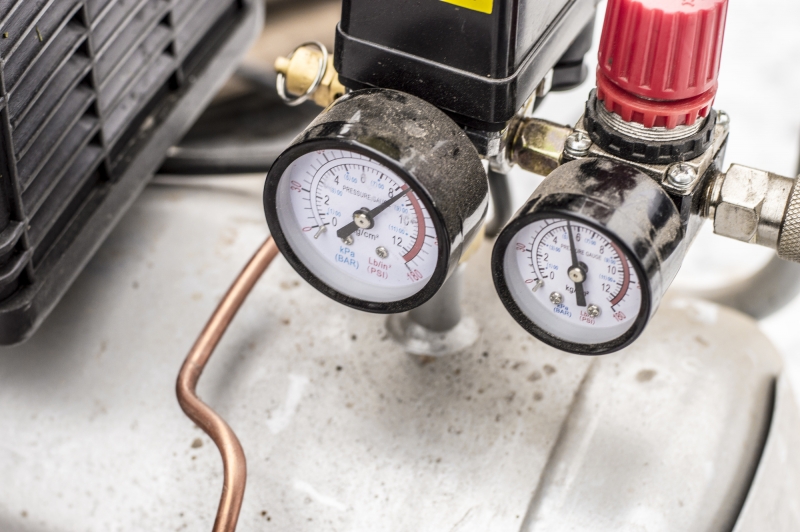
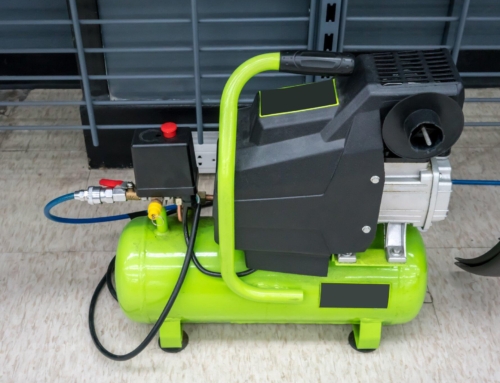
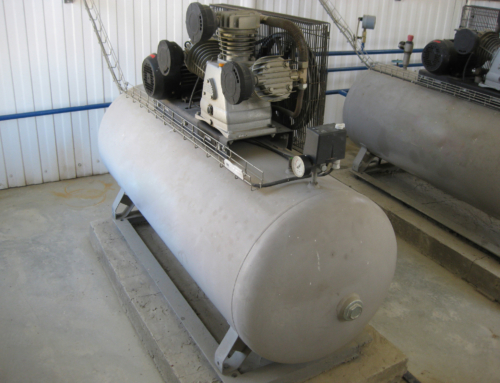
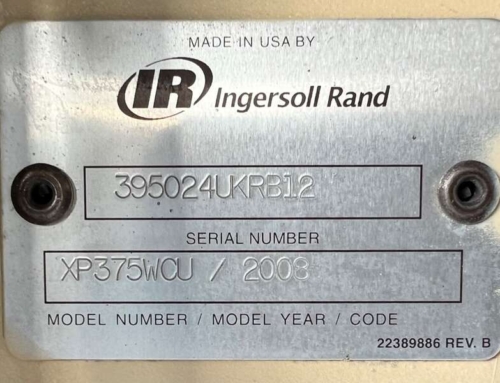
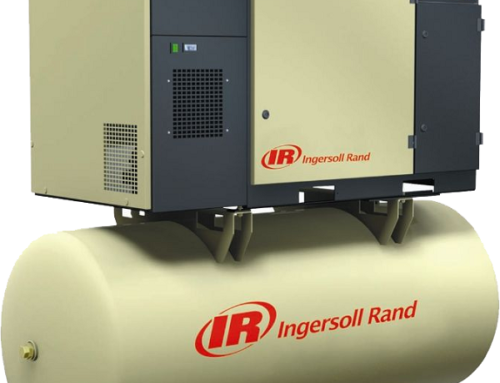
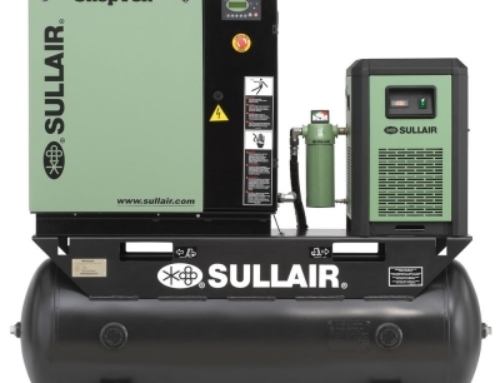
Leave A Comment